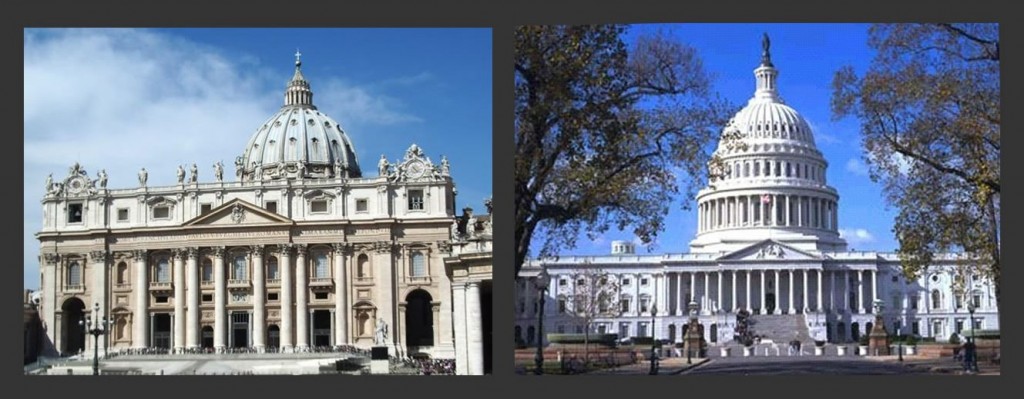The End of the Renaissance?
Some say the Renaissance ended when the Italian states lost autonomy after the foreign invasions of the late 15th century.
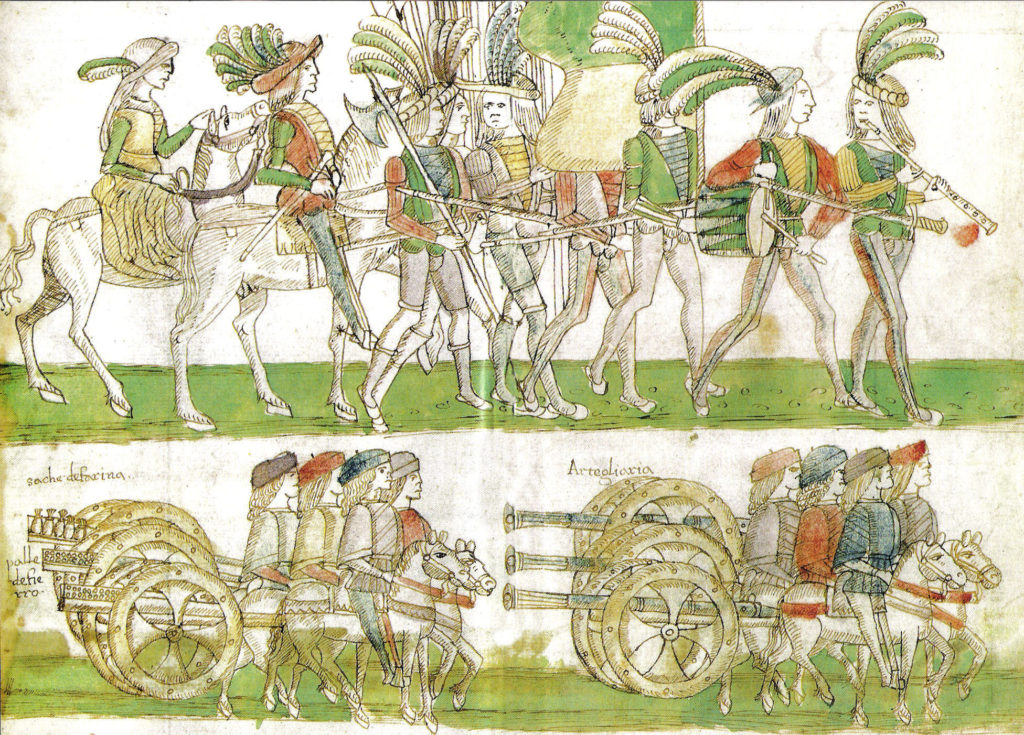
Others feel the Italian Renaissance was over by the 16th century when much of the peninsula was governed either directly or indirectly by Spain.
Portrait of Pedro Álvarez de Toledo, Marquis of Villafranca, Viceroy of Naples
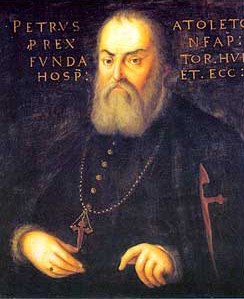
After a relatively peaceful century on the Italian Peninsula, when the Thirty Years’ War broke out violence erupted in Lombardy in 1618.

There was an outbreak of plague in Europe that struck Italy particularly hard in 1629-1630
Ludovico Lana da Modena, The Plague of 1630, detail
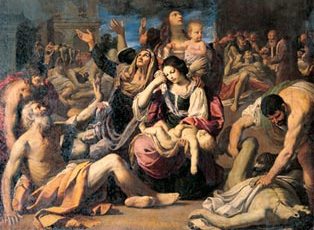
Certainly by the 1600s something had changed in the cultural climate of Italy.
Though astronomer Alfonso Borelli and Galileo’s student Evangelista Toricelli continued their scientific studies, the church’s condemnation of Galileo in 1633 put an end to free inquiry into cosmology and natural philosophy in Italy.
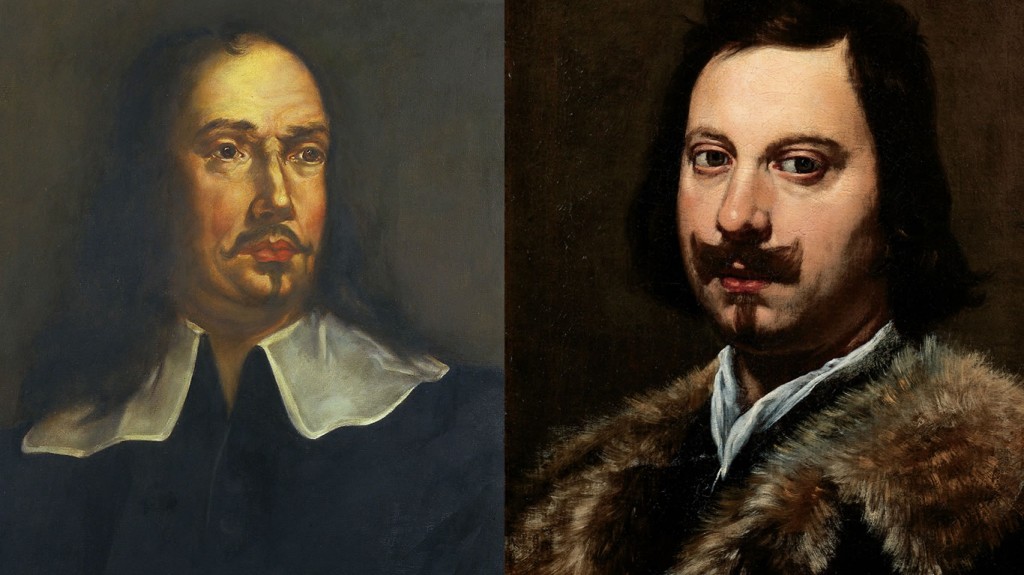
And yet freethinking thrived in Venice at the Accademia degli Incogniti, an intellectual society whose members appreciated writings of Ferrante Pallavico, such as his anti-papal work The Celestial Divorce.
The arts thrived, especially music.
The first public opera house opened in Venice in 1637

Venetian theaters featured the innovative operas of composer Claudio Monteverdi.


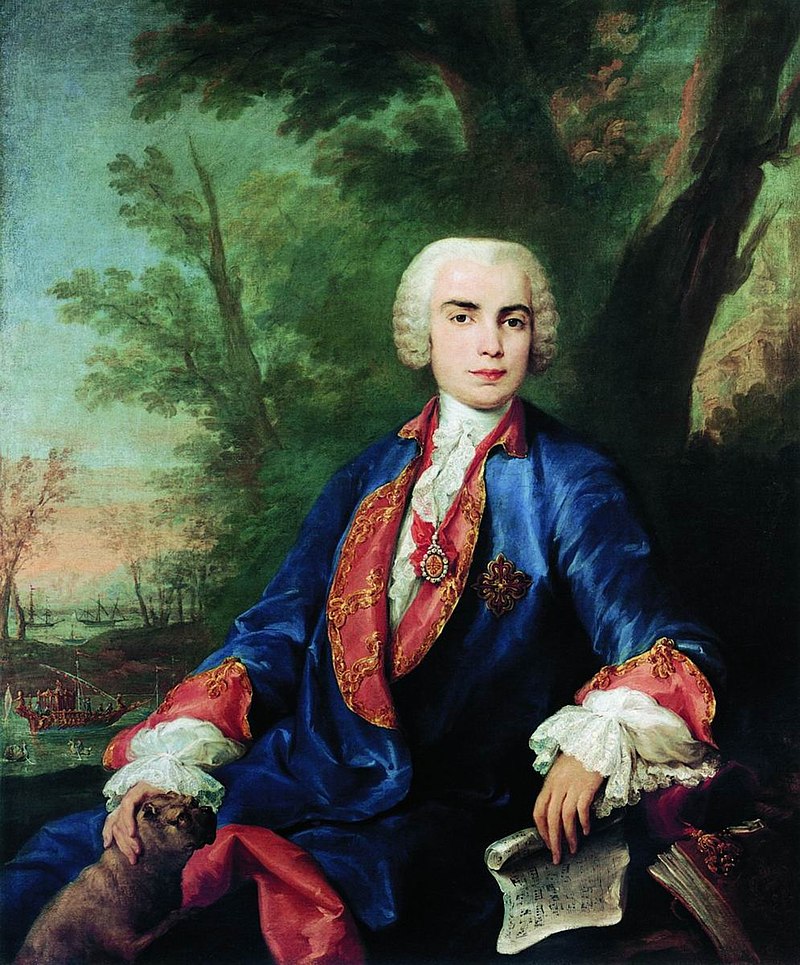
Opera became immensely popular and Italian musicians, singers, and composers were highly sought after in all the cities and courts of Europe.
Jacopo Amigoni, Portrait of the castrato Carlo Broschi, known as Farinelli
The composer Lully (born Giovanni Battista Lulli in Florence) became court composer to French King Louis XIV. Lully’s operas and ballets were staged at the Palace of Versailles.


The Roman Catholic Church originally objected to this profane music theater and its response was the creation of sacred musical drama known as oratorio. This form, too, spread quickly beyond Italy, even to Protestant countries, such as England, where Georg Frideric Handel composed the most celebrated oratorio: Messiah in 1741.
The visual arts of Italy spread across the continent as well.
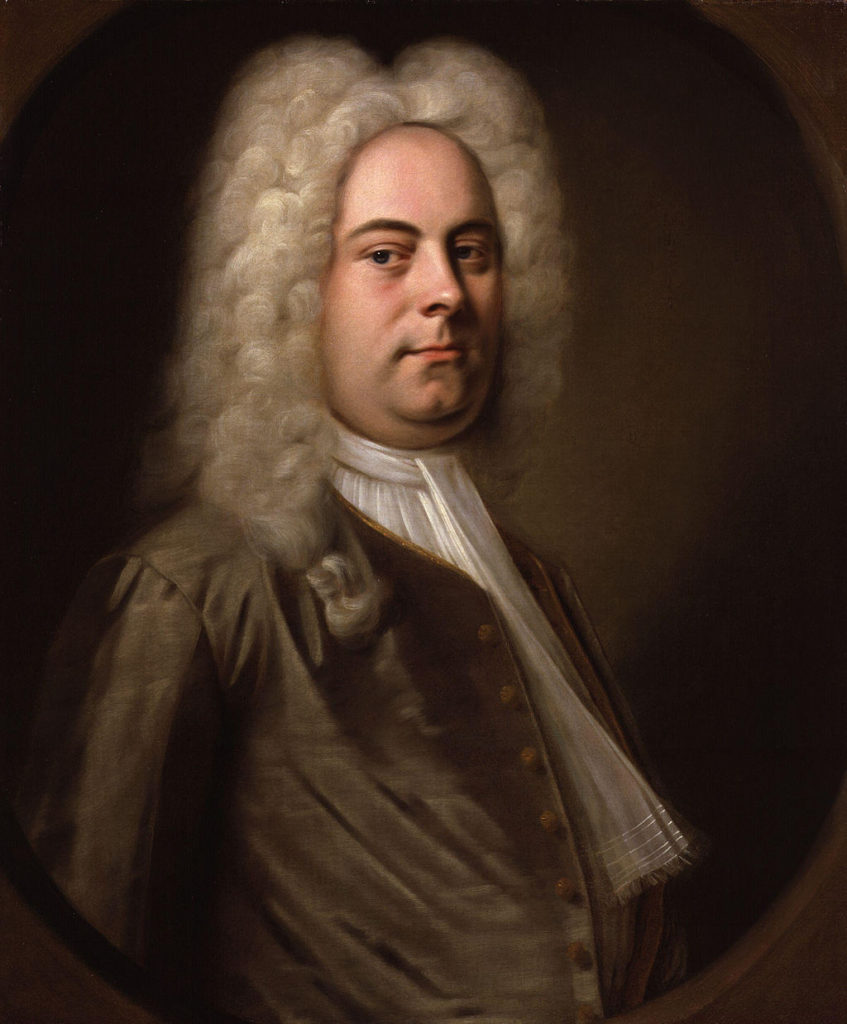
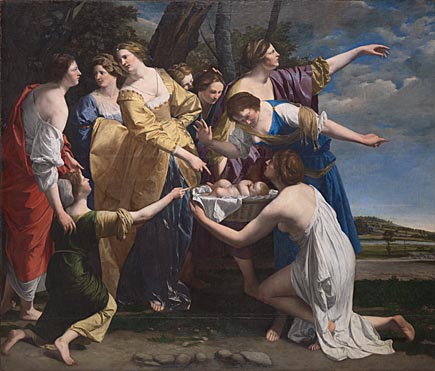
Artists such as Orazio Gentileschi (1563-1639) traveled abroad, working as court painter for King Charles I of England.
This painting once hung in the Great Hall of the Queen’s House at Greenwich.
Orazio Gentileschi, The Finding of Moses, painted in the early 1630s, National Gallery, London
Gian Lorenzo Bernini (1598-1680) followed in the tradition of Renaissance geniuses, in his mastery of sculpture, architecture, and urban design.
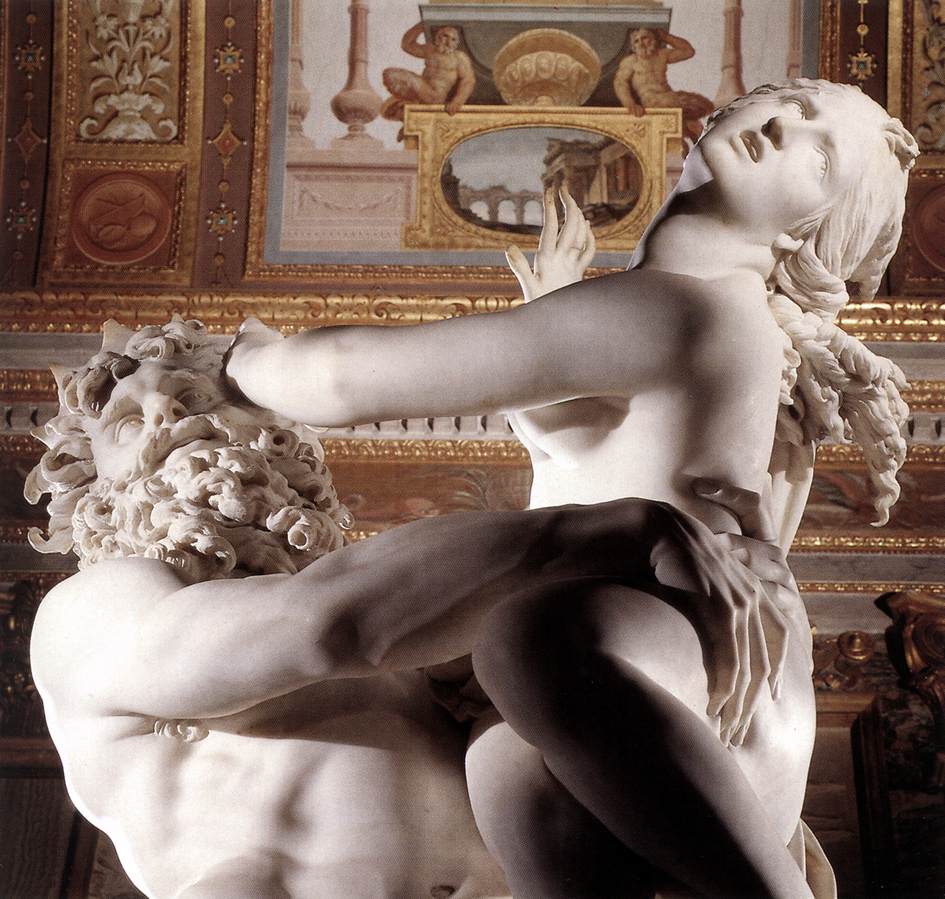
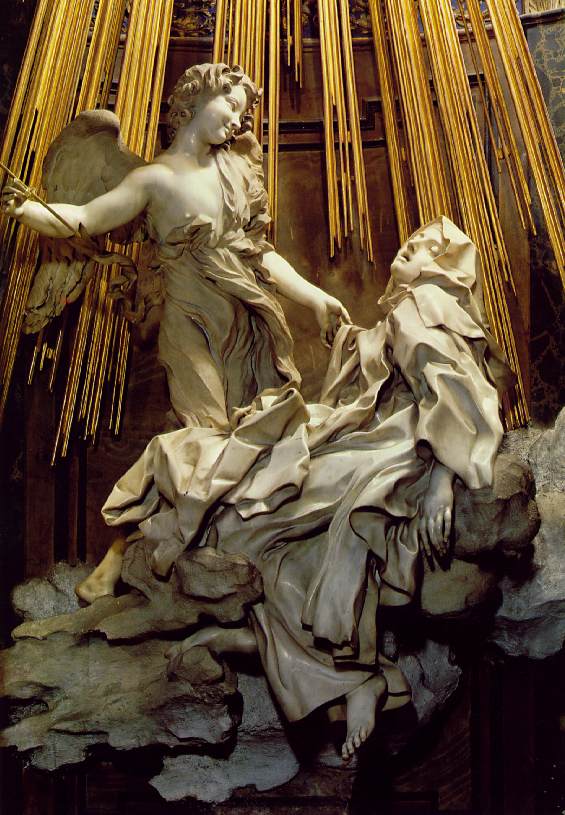
The Renaissance did not so much end in the 17th century, as it began to transform as it spread beyond Italy.
Gian Lorenzo Bernini Apollo and Daphne
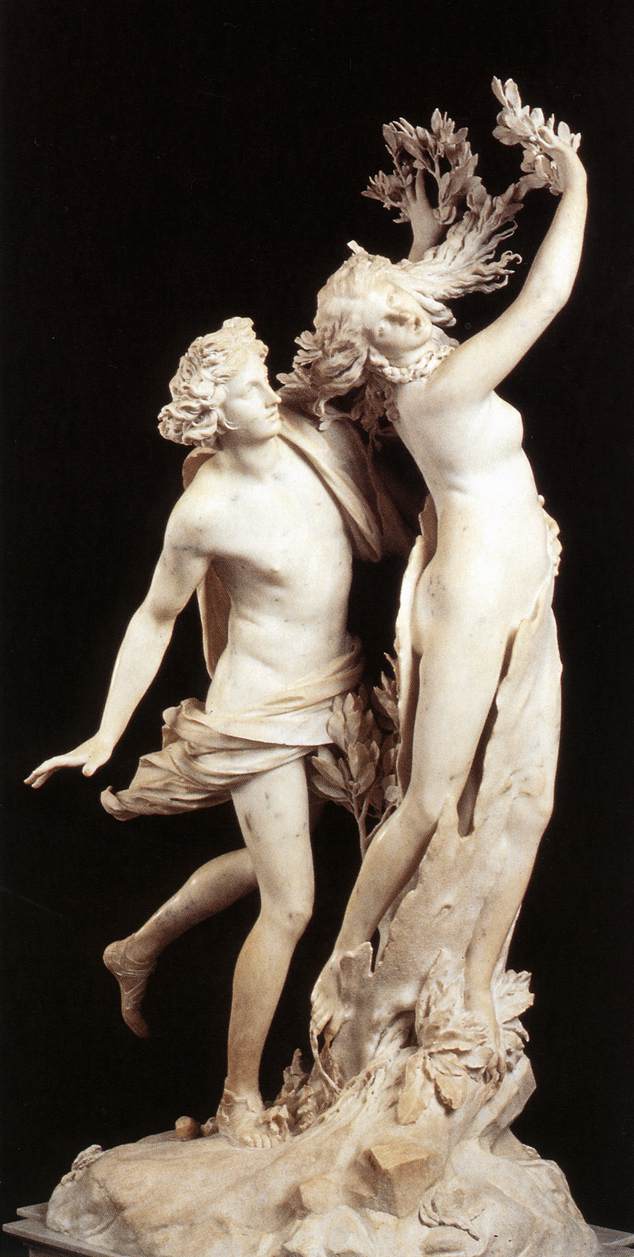
There are many Renaissance-style buildings in England
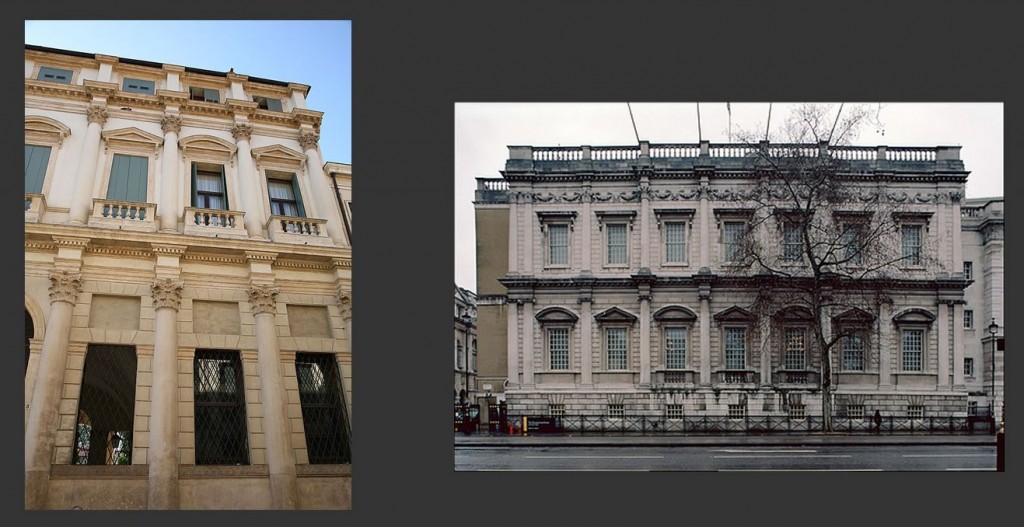
and in the United States
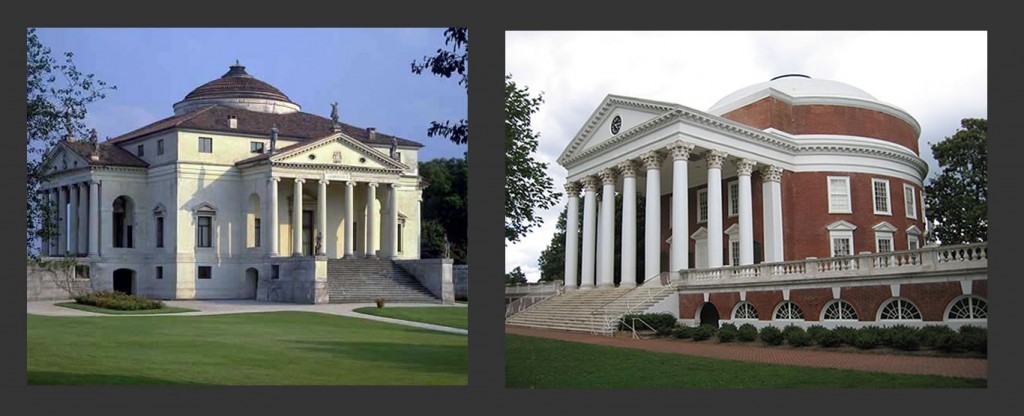
In so many ways the Renaissance is still with us today.
